This looks like lilac leaves, yes? But no matter what plant it is, there are several possible causes of leaf spot, and for most gardeners what is most important is the answer to the question, “So how can I help this plant?”
Leaf spot such as you see can be caused by something physically hitting the plant, a fungus, or a bacteria. A physical cause would be something such as hot water from a sun-heated hose, a cleaning product such as window cleaner, a fertilizer spray or drift from an herbicide or other garden product. If this is the cause the damage doesn’t spread and there is no threat to the plant.
Fungus can cause leaf-spot and although the damage can be unsightly it seldom causes plant death. Bacterial blight can be more problematic and there is no cure. We’ve included a link in “additional comments” about bacterial leaf blight on lilacs.
The bottom line for most home gardeners is “So what do I do now?” and the answer is several fold: 1. It often helps a plant to spread an inch of composted manure over the ground from the trunk or main stem to about a foot beyond the drip line. If the plant hasn’t been fertilized recently it is also a good idea to apply some organic fertilizer on the surface of the ground before you put this composted manure down.
2. Water the plant DEEPLY once a week if it doesn’t rain at least 3/4 of an inch.
3. When infected leaves fall, rake them up and throw in garbage, not in the compost.
4. If you suspect fungus you could use an organic fungicide such as Actinovate, but this won’t help if the problem is bacterial.
5. Have a pH test of the soil done if this is a lilac – lilacs grow best in neutral or slightly alkaline soils.
6. Don’t apply any other garden products such as insecticides “just in case.” Do not apply random, single fertilizers or minerals such as Epsom salt, super phosphate etc as this can put soils out of balance.
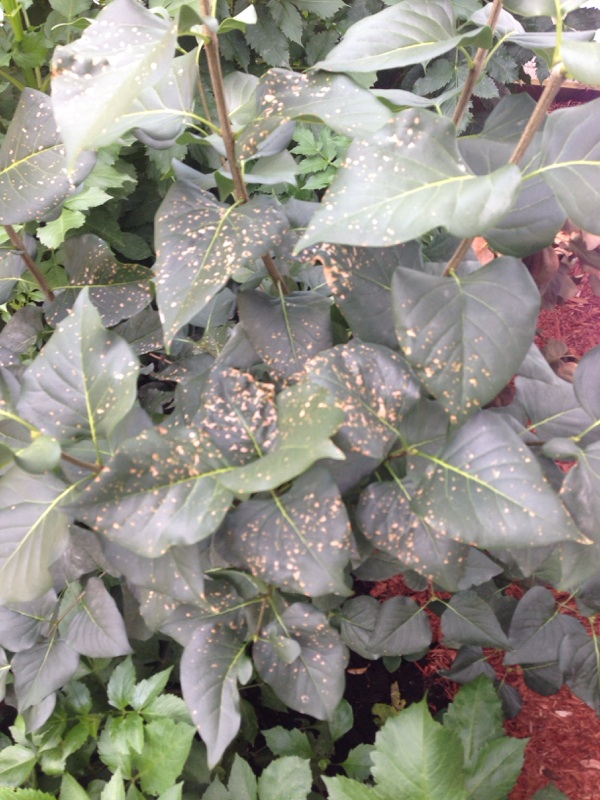
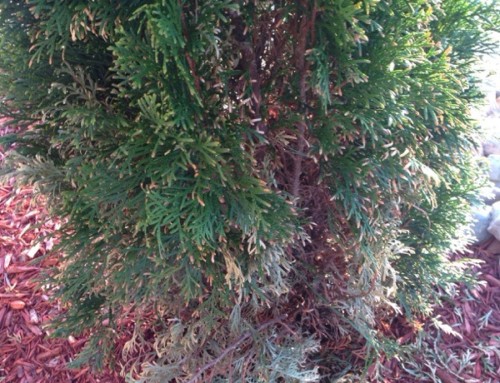
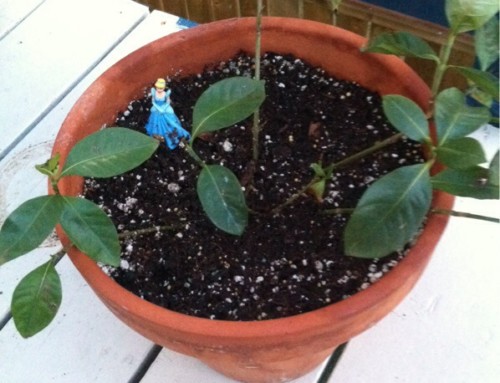
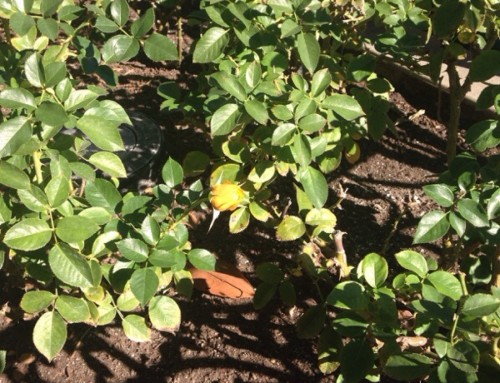
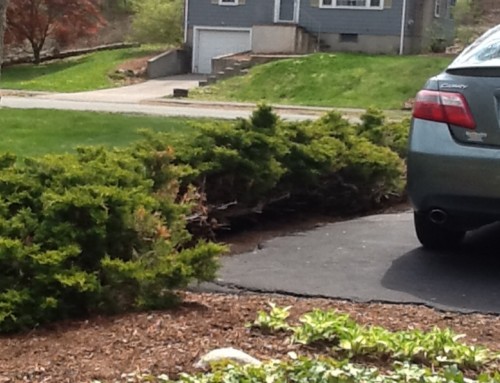
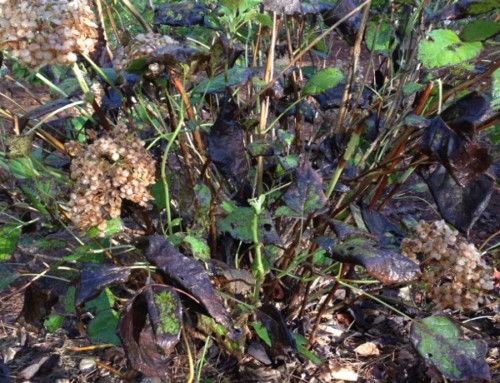
Leave A Comment